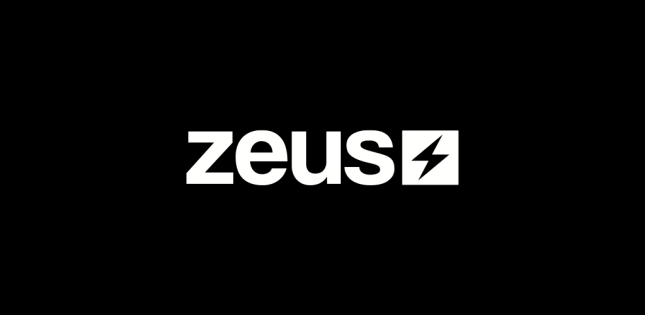
In today's era of booming digital assets, innovation in blockchain technology continues to promote the evolution of the financial ecosystem. The Zeus Network and its corresponding Zeus Program Library (ZPL) are important participants in this change. ZPL is not only a program library built on the Solana virtual machine, but also the basis for developers to build verifiable interfaces on the Zeus network. This article will delve into how ZPL and its empowered ZPL-assets can be seamlessly transferred between blockchains to assist users with their diverse needs in the Web3 era.
What is Zeus Programming Library (ZPL)? The Zeus Programming Library (ZPL) is the culmination of many years of experience, research and development by the Zeus Networking team. Its core goal is to eliminate the gaps between different blockchains and provide efficient and secure asset transfer solutions. Through ZPL, developers can easily build and deploy Solana-based applications, taking advantage of Solana's high-speed and low-cost features to improve user experience.
Characteristics of ZPL-Assets
ZPL-Assets are assets powered by the Zeus network that support the seamless transfer of homogeneous assets (such as cryptocurrencies) and non-fungible assets (NFT). The following are several salient features of ZPL-Assets:
Verifiability: Each ZPL-asset is verified on Zeus Layer, ensuring the authenticity and integrity of the entire transfer process.
Customizability: All ZPL assets follow the SPL token expansion standard, the protocol is flexible, fees and conditions can be adjusted according to needs, and customized solutions can be provided.
Diverse use cases: ZPL-Assets have a wide range of application scenarios, from decentralized exchanges (DEX) to NFT markets, lending, games, etc., all of which can unleash their potential.
ZPL - Practical Application of Assets
Bitcoin to Solana Transfer: As a digital asset with a market capitalization of approximately $1.2 trillion, Bitcoin ($BTC) has huge potential for value transfer. With the support of ZPL, Bitcoin assets can be converted into ZPL assets, thereby unlocking the vibrant Solana ecosystem.
Through protocols such as APOLLO, users can represent $BTC as ZPL assets and obtain the equivalent $zBTC with a 1:1 two-way peg. This not only enables users to participate in DeFi activities such as lending and borrowing in the Solana ecosystem, but also safely retains their Bitcoin assets on the Bitcoin blockchain.
Integration of Rune X and Ordinal Numbers
Amid the heated debate over Bitcoin apps, the emergence of Runes brings new possibilities for the use of $BTC. However, increased activity has led to congestion and higher fees. By delivering Runes to Solana, ZPL aims to improve transaction efficiency and enhance user experience by reducing transaction time and costs.
Using ZPL to introduce Ordinals to Solana, users can seamlessly conduct zOrdX NFT transactions on markets such as Magic Eden and Tensor, further expanding the application scenarios of digital assets.
Future outlook for ZPL assets
As blockchain technology continues to develop, ZPL and its empowered ZPL assets will play an increasingly important role. Its verifiability and customizability will provide developers and users with greater flexibility and promote interoperability between different blockchains.
In the future, the application of ZPL assets will not only be limited to the current DeFi and NFT markets, but may also expand to more fields, such as social finance (SocialFi), decentralized Internet of Things (DePIN), etc. Through continuous innovation and optimization, Zeus Network is expected to become an important part of the blockchain ecosystem, promoting the liquidity and availability of digital assets.
in conclusion
The Zeus Programming Library (ZPL) opens up new possibilities for the future of blockchain technology. Through the seamless transfer of ZPL-assets, users can freely explore between different blockchains and enjoy a more efficient and lower-cost transaction experience. With the continuous advancement of technology, Zeus Network will continue to lead the revolution of digital assets, provide more convenience to users around the world, and help usher in the Web3 era.